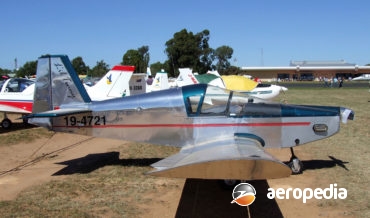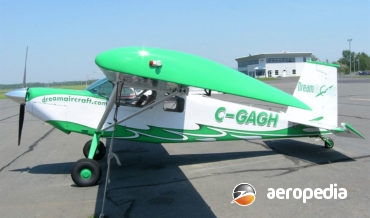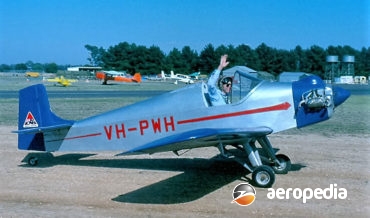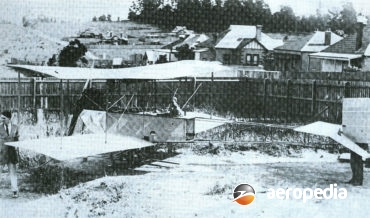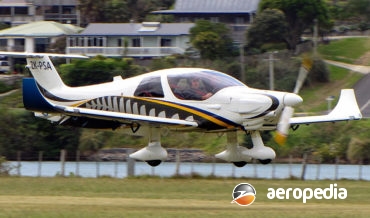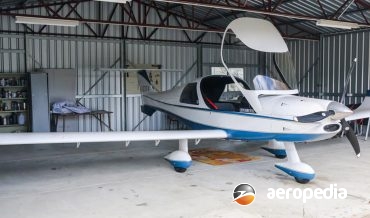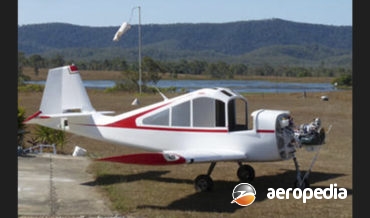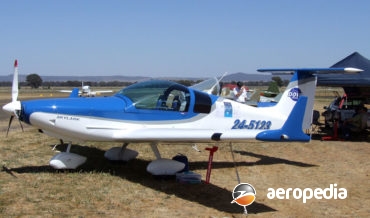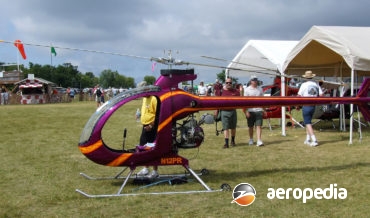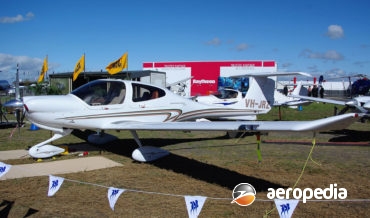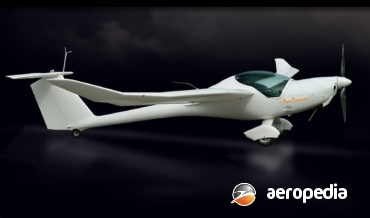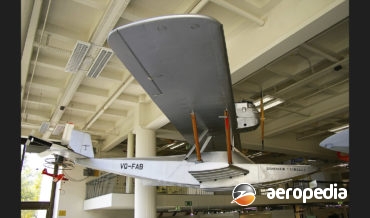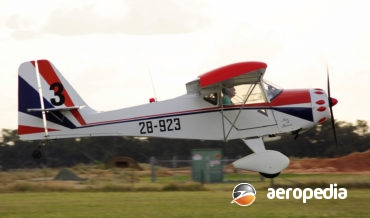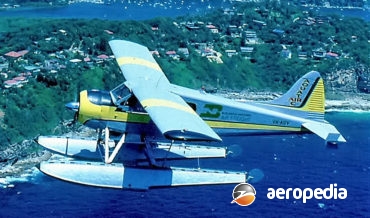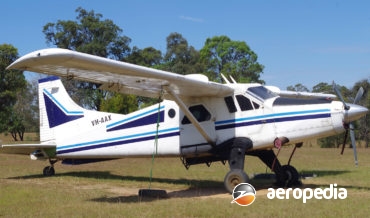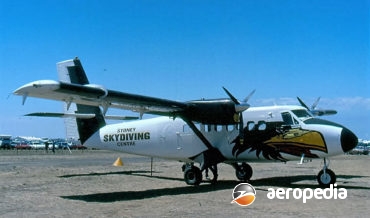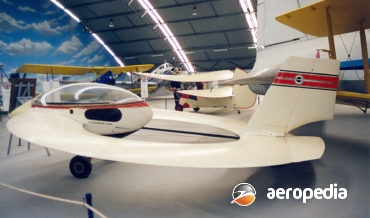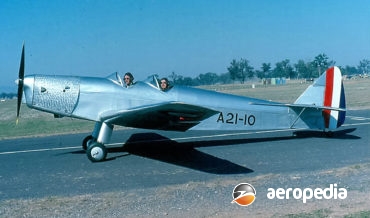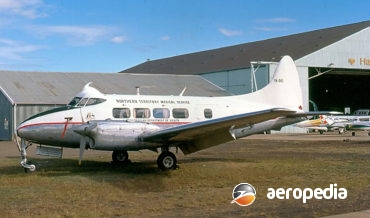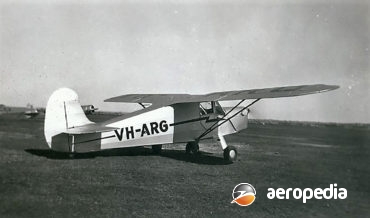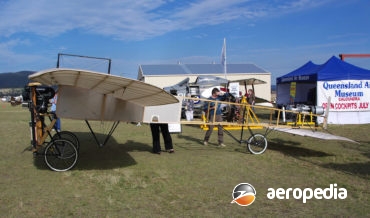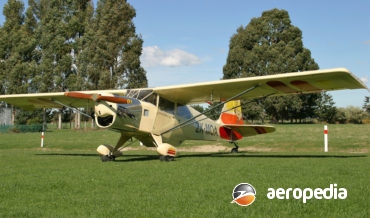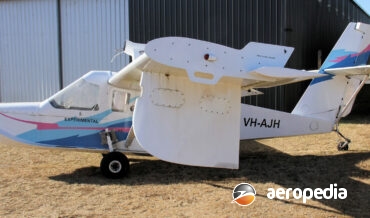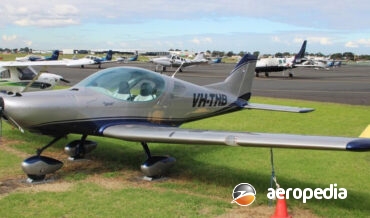All Contents
Contents
The Li’l tinny is a single-seat all-metal scratch-built aircraft designed and flown by Mr Richard Faint It has a tricycle undercarriage and no kit or plans were available to the owner It uses a NACA 4415 wing section and has an aspect ratio of 61
David C. Eyre
- May 8, 2019
The Farman David was a light sporting biplane introduced to the aviation world via the 1919 Paris Salon
David C. Eyre
- May 8, 2019
The Tundra is a STOL utility aircraft of all-metal construction, the constructor of the kit aircraft being based in Quebec, Canada.
David C. Eyre
- May 8, 2019
The Druine D-5 Turbi was designed by the late Roger Druine in France as a two-seat development of the very successful Turbulent single-seat, light aircraft.
David C. Eyre
- May 8, 2019
The D-31 Turbulent was designed in France by the late Roger Druine as a single-seat, low-wing monoplane which would be simple to construct by an amateur.
David C. Eyre
- May 8, 2019
In 1911 John Duigan, whilst in England, ordered an Avro aircraft known as the Avro Type D fitted with a 37-kw (50-hp) Alvaston engine, and in it he gained his Royal Aero Club certificate No 211 at Brooklands in April 1912.
David C. Eyre
- May 8, 2019
The MCR-4 series was designed and is marketed in France by Societe Dyn’Aero of Darois and was initially produced in two versions, the MCR01 ULC, being an ultra light which has a max all-up weight of 450-kg (992-lb) so may be registered under ultra-light rules;
David C. Eyre
- May 8, 2019
The Dyn Aero MCR Ute Pickup was designed and put into production in France as a two-seat cabin monoplane, being a development of a four-seat variant with the rear seats removed to permit the carriage of more cargo.
David C. Eyre
- May 8, 2019
This was a machine designed and built in Australia. It is a low-wing sporting monoplane developed in Queensland using the fuselage basically of the Foxcon Terrier 100, which has been developed and produced at Mackay and provided in kit form, lengthening it, making some other changes to meet the needs
David C. Eyre
- May 8, 2019
The Skylark is one of the new light aircraft designed to meet US LSA requirements. It was designed in Canada and is manufactured in the Czech Republic.
David C. Eyre
- May 8, 2019
The Dragon Fly was designed in 1985 in Italy by two archeologists, Angelo and Alfredo Castiglioni, as a two-seat light helicopter to meet a requirement they had for a survey platform or research work.
David C. Eyre
- May 8, 2019
The DA 40 series of light aircraft is built by Diamond Aircraft Industries at its facility south of Vienna in Austria.
David C. Eyre
- May 8, 2019
Diamond Aircraft in Wiener Neustadt, Austria commenced business producing the DA-20 Katana series and in due course was the instigator of aircraft being fitted with diesel engines to reduce running costs.
David C. Eyre
- May 8, 2019
The Alto is a two seat training and sport aircraft built in the Czech Republic and has become available in three main versions, the Alto TG with a tricycle undercarriage;
David C. Eyre
- May 8, 2019
The SunDancer is a development of the Urban UFM-13 Lambada to meet the American Light-Sport Aircraft regulations with a gross weighty of 600-kg (1,323 lb) and is listed as a type approved by the US FAA in that category.
David C. Eyre
- May 8, 2019
The Dornier DO.27 was the first German military aircraft of post-war design to achieve quantity production, and it saw service with the air forces of West Germany, Switzerland, and South Africa, as well as the armies of Germany and Sweden.
David C. Eyre
- May 8, 2019
In June 1979 Dornier tested an aircraft called the Dornier DO 228TNT. A new commuter airliner with an advanced technology wing, it was aimed at the 15/19-seat commuter market. The initial model was the 228-100, the prototype of which flew on 28 March 1981.
David C. Eyre
- May 8, 2019
The Dornier Libelle was a light three-seat sporting flying boat built in the 1920s by Dornier Metallbanten at Freidrichshafen and was delivered in some numbers.
David C. Eyre
- May 8, 2019
Denney Aircraft Co was formed in 1985 in Boise, Idaho, to build a two-seat ultra-light aircraft, and this received the name Kitfox, being available in kit form, and 21 kits were delivered to constructors during the first year.
David C. Eyre
- May 8, 2019
The Drover was designed in the 1940s by the Australian section of the de Havilland Company as a simple, light but sturdy aircraft capable of carrying freight and passengers.
David C. Eyre
- May 8, 2019
Following accidents to the Gipsy power Drovers in New Guinea the Australian Department of Civil Aviation placed restrictions on the operation of the type, the 11 aircraft then in service being grounded on 11 September 1952 but, after some modifications were made, the grounding was lifted.
David C. Eyre
- May 8, 2019
The prototype of the de Havilland Beaver (CF-FHB) utility aircraft was flown for the first time on 16 August 1947.
David C. Eyre
- May 8, 2019
The Mk III Turbo Beaver was a logical step from the piston engined Beaver to provide a more modern power plant and greater capacity.
David C. Eyre
- May 8, 2019
Using basically the same fuselage and wing as the single-engine Otter, the DHC-6 Twin Otter was designed with a new nose and tail assembly, and the cabin section was extended in length to seat up to 20 passengers.
David C. Eyre
- May 8, 2019
The Dehn Ring Wing was built in 1972 by its designer, Karl Dehn, in Victoria where it was known around Benambra (near Omeo) as “the flying Dunny Seat”.
David C. Eyre
- May 8, 2019
Designed as a successor to the Moth biplane series of light aircraft, the Moth Minor had a similar performance to the Tiger Moth, although it had far less power.
David C. Eyre
- May 8, 2019
The Dove was designed and the end of World War II to replace the superseded DH-89 Dragon Rapide.
David C. Eyre
- May 8, 2019
The Bat was one of two aircraft designed and built by Mr C Arthur Butler, a well known Australian aviator who, in October 1931 flew a Comper Swift (G-ABRE) from the United Kingdom to Australia.
David C. Eyre
- May 8, 2019
The Boeing Model I, commonly referred to as the Boeing & Westervelt seaplane F, or B & W, is important in the annals of aviation as the first of a long-line of aircraft produced by Boeing.
David C. Eyre
- May 8, 2019
The Bleriot XI first achieved fame on 25 July 1909 when the designer, a Frenchman, Louis Bleriot, flew a Bleriot XI across the English Channel.
David C. Eyre
- May 8, 2019
The Belworthy MOA is a New Zealand designed aircraft aimed at meeting a requirement for a large four-seat light aircraft with STOL performance able to operate from rough fields on private properties, with 100-knot (185 km/h / 115 mph) cruising speed and an endurance of five hours.
David C. Eyre
- May 8, 2019
The Bakeng Duce was designed by Gerald Bakeng in Everett, Washington State in the United States as a high-performance parasol-wing light homebuilt for amateur builders, construction of the prototype being commenced in October 1969 and it was completed six months later.
David C. Eyre
- May 8, 2019
The Adventurer 333 was designed and marketed as a light amphibious monoplane with a flying-boat hull and available in kit form, a number of examples being sold around the world before the manufacturer ceased production.
David C. Eyre
- May 8, 2019
This model had a max take-off weight of 800 kg (1,764 lb), engines up to 134-kw (180-hp) may be installed and fuel capacity was increased to 120 litres (26.4 Imp gals).
David C. Eyre
- May 8, 2019
Over the years Australian Aircraft Kits of Taree, NSW has carried out a lot of research and development work relating to slow speed flying of fixed wing aircraft, particularly light aircraft designed to operate from short airstrips on private properties.
David C. Eyre
- May 8, 2019
The Stingray was a mid-wing fully cantilevered light sporting aircraft with a pylon mounted pusher engine designed by Mr Raymond Tolhurst and built in some numbers at the Camden facility of Composite Engineering in the 1980s.
David C. Eyre
- May 8, 2019
Recent Comments
Archives
Categories
- No categories
Categories
- No categories
Latest Posts
Newsletter

